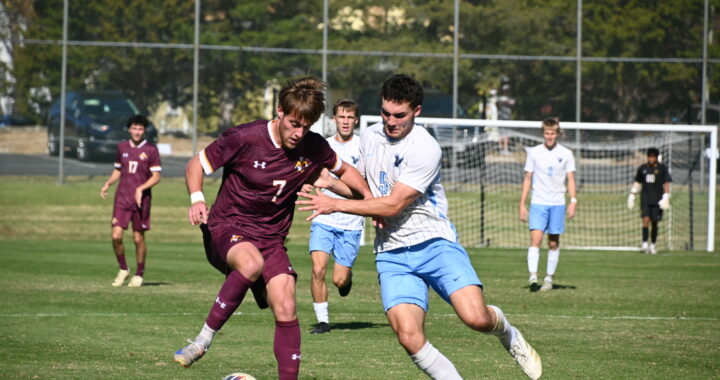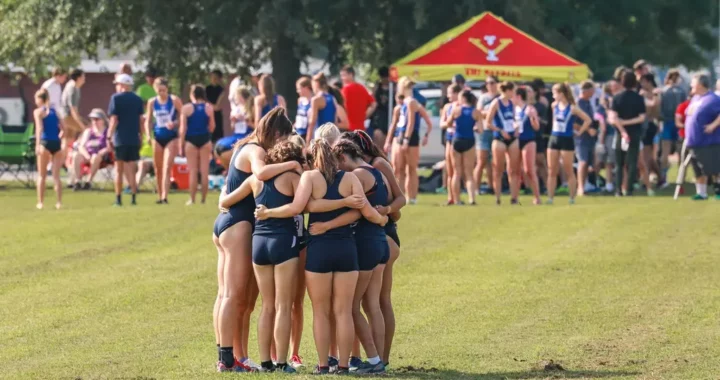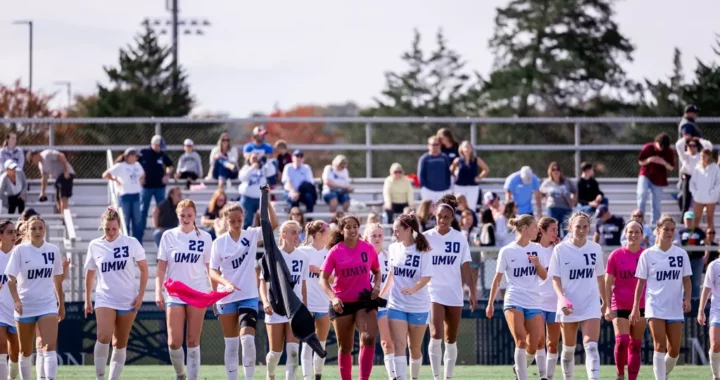Transfer Rule Change Needed
4 min readBy ANDREW ELLIOTT
The 2009-2010 college football season was one of the more eventful ones in recent memory. However, some of the most significant events from this season occurred off the football field.
In December, the University of Cincinnati’s head football coach, Brian Kelly, shocked his players, the university and fans when he announced that he would be leaving the school immediately to fill the Notre Dame head coaching vacancy.
After accomplishing one of the most successful seasons in school history, the undefeated Bearcats were left without their head coach for their BCS Sugar Bowl game against The University of Florida. Cincinnati’s undefeated season ended as they lost to the Gators by 27 points.
In January, the University of Southern California’s head coach for almost 10 years, Pete Carroll, abruptly announced he would be the new head coach for the NFL’s Seattle Seahawks. Then Lane Kiffin, after only one season as the University of Tennessee’s head coach, accepted the offer to fill Carroll’s vacant head coaching position at USC.
With both of those coaches gone, what options do the players left at Tennessee and Cincinnati have?
The athletes can remain at their universities and continue their education and playing careers. But what about the players that want to transfer to another school? Well, according to the official NCAA Transfer Guide for 2009-2010, if a student athlete transfers from a four-year school to another four-year school, generally that athlete is not eligible to play at the new four-year school until they spend a least one academic year in residence at that new school.
This rule is mandatory for all Division I & II NCAA athletes that play baseball, basketball, ice hockey, and football. However, there are exceptions. In Division I college football, all teams are labeled Football Bowl Subdivision (FBS) or Football Championship Subdivision (FCS) schools. FBS schools are the major college programs like Oklahoma, USC, and Notre Dame. FCS schools are smaller schools that include William & Mary, JMU and Richmond.
Technically, according to the NCAA, an FBS football player can be allowed to transfer and immediately begin play if they go to a FCS school. But this idea isn’t the best solution for many FBS players.
Going from an FBS school to an FCS school is like having your mother telling you that your family will be going to an authentic Italian restaurant (FBS) for dinner. Later in the day, she then tells you the family will be going to the Olive Garden (FCS) instead. Now, the Olive Garden is a decent place to catch a nice meal with family, but it’s fair to say that most people would prefer the authentic home made Italian meal.
It’s true that some football players from FCS schools get drafted every year and some have gone on to have successful careers in the NFL.
However, an FBS football player will have a greater chance to pursue a professional career because FBS players get more exposure due to the amount of national television exposure and the number of professional scouts that attend FBS games.
So, if Lane Kiffin can leave Tennessee and immediately begin his coaching career at USC, why can’t one of his star players follow him to the west coast and continue to play for him at his new school?
Or if the player has to sit out after transferring, wouldn’t it be fair to force a head coach to sit out a year should he leave a school while he still has a valid contract in place?
Unfortunately, because of the major business implications that college coaches can bring to athletic departments, the idea of coaches sitting out from their job an entire year just isn’t feasible.
The next logical idea would be to change the rule for the players themselves. The first time an NCAA athlete decides to transfer from one school to another they should be allowed to play for the transfer school as soon as they arrive on campus. If that player wishes to transfer a second time, then make them sit out a year before allowing them to compete.
With the high turnover rate for head coaches and the big bucks involved in head coaching contracts, the transfer rules for the players should be altered to reflect this pattern in college athletics. After all, the NCAA athletes don’t receive any of the money that the coaching staff or the university makes off the sport in which they partake. Therefore the athletes should at least have some of the same capabilities that coaches do when it comes to whether or not they wish to remain at a university.


